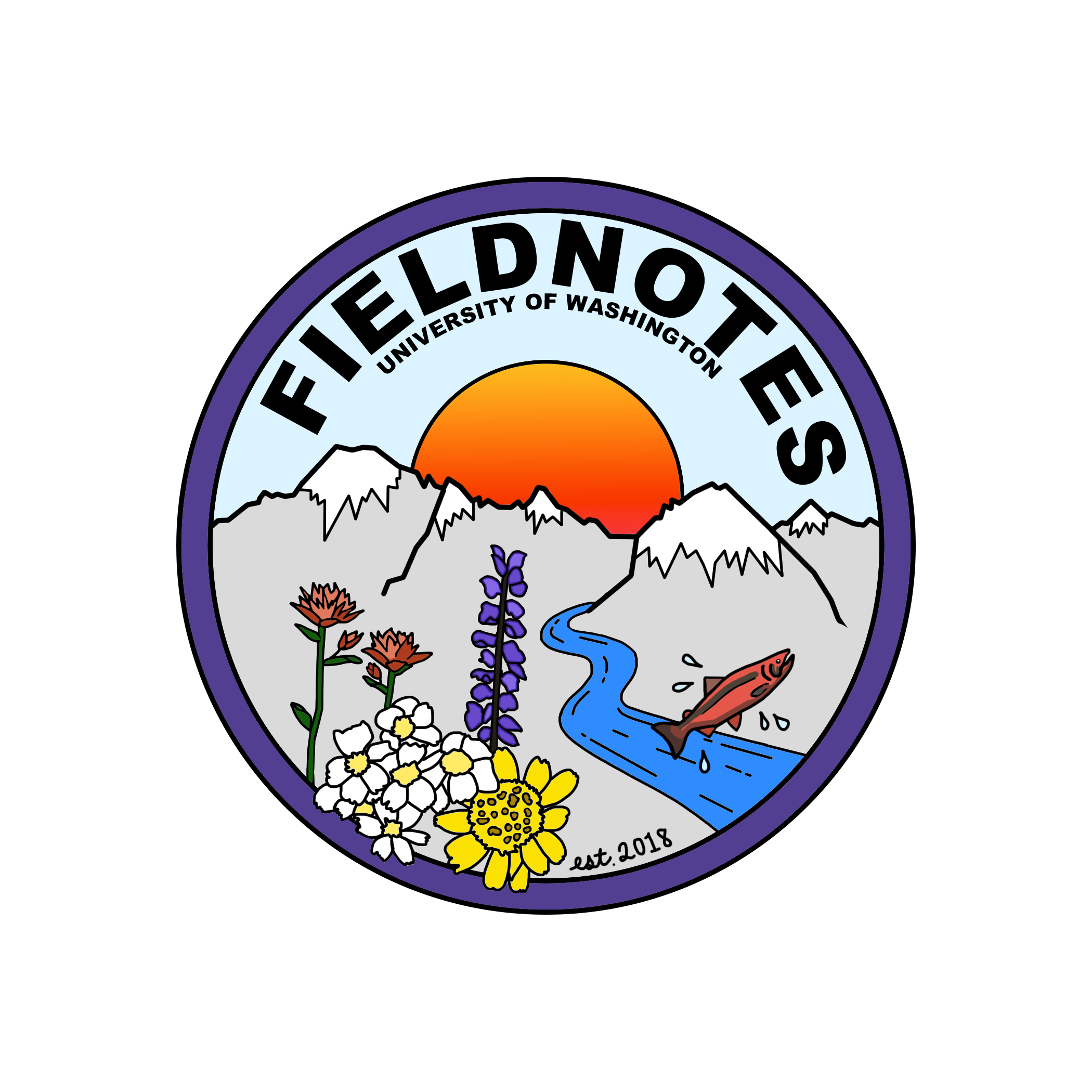Perpetual Smoke in the Methow Valley
By Jared McGlothlin, Atmospheric Sciences ‘24
While Seattle and Western Washington have seen an ever-increasing number of poor air quality days due to wildfire smoke, communities on the eastern side of the Cascades have experienced the rise of a new summer dominated by constant smoke. The drier forests and shrublands of the eastern slopes burn earlier and more readily than the damp western slopes. The region's geography also allows smoke from high-elevation fires to funnel down mountain drainages and choke out local communities, such as Wenatchee, Chelan, and Omak.
Image Credit: Google Maps
The Methow Valley in summer (Image Credit: Washington Department of Ecology).
The Methow Valley is considered ground zero for the consequences of increased frequency and severity of wildfires. The valley sits in the North Cascades, carved out by glaciers from the last glacial maximum. Frequent wildfires within the valley and the mountains to the west cause smoke to creep down the Methow Valley, affecting the towns of Twisp and Winthrop, as well as the community of Mazama. Despite the widespread smoke events on the Westside lasting only until the winds shift, the smoke can lay dormant in the valley for weeks at a time during fire season.
For residents of the valley, late summer and early autumn have turned into “the fifth season” of smoke-darkened skies in the words of Clean Air Methow, the regional air quality agency. Last summer, the Methow Valley faced some of the worst air quality in the entire country. Twisp and Winthrop both reached an air quality index of 450, 9 times higher than the threshold for healthy air as defined by the U.S. Environmental Protection Agency. As the smoke continues to return each year, residents must find ways to cope with the persistence of toxic air quality. However, the high risk of poor air quality is not confined to just the fire season. In the cooler months, the valley can experience frequent capping inversions where warmer air aloft can prevent surface air from mixing into the upper atmosphere. As these inversions form at the valley rim, smoke and air pollution are trapped near the valley floor for weeks. The effects of this are pronounced in the winter months when the predominantly wood-burning heating of the Methow communities can clog the air with particulates. If forecasted conditions change, smoke from prescribed burns in the fall and spring can also be trapped under these inversions, leading to year-round air quality issues.
The Sourdough Fire, burning in the North Cascades west of the Methow Valley (Image Credit: Inciweb).
As climate change continues to warm and dry forests, officials in regions like the Methow Valley will have their work cut out for them to keep their citizens safe. Thankfully, new efforts by various public health agencies have increased the distribution of filtration masks, and indoor air purification systems, as well as enhanced fire prevention messaging. Recently, Clean Air Methow’s “Clean Air for All” campaign has distributed affordable box fan filtration systems to hundreds of households in the valley. Increased prescription burning under safe conditions can also help to reduce the fuel load in dry forests, preventing high-intensity wildfires from popping up during the summer. While the impacts of wildfire smoke on the Methow Valley are likely to continue to be severe in the coming years, increased public health efforts and better forest management can put the region on a positive trajectory for the future.



